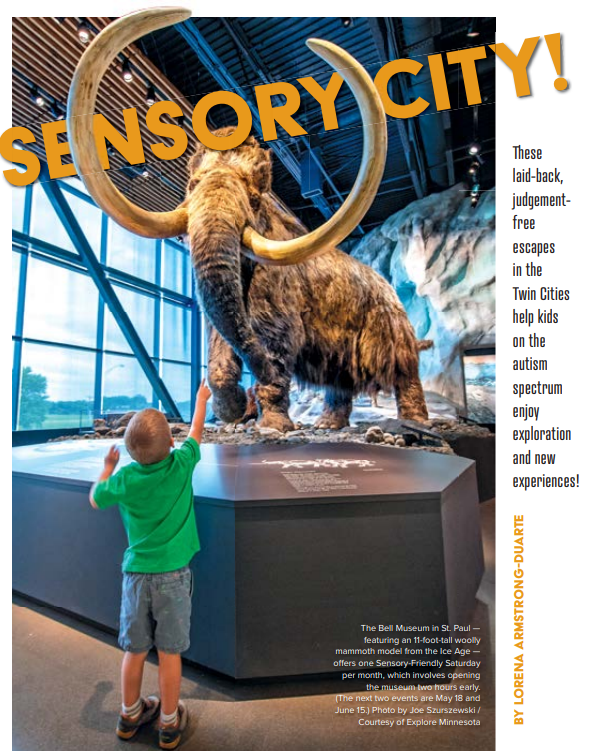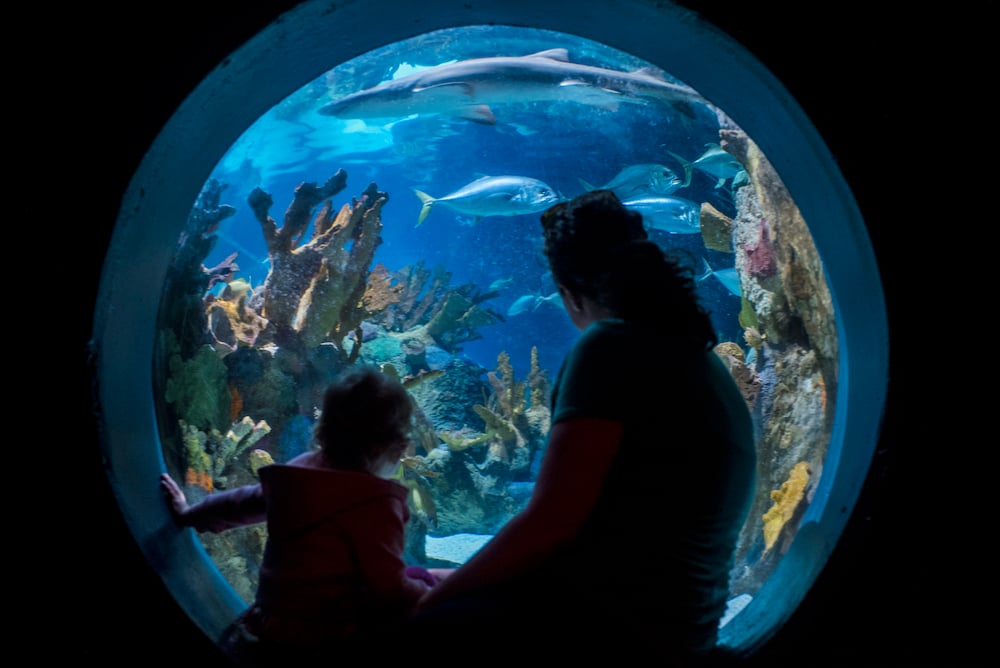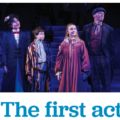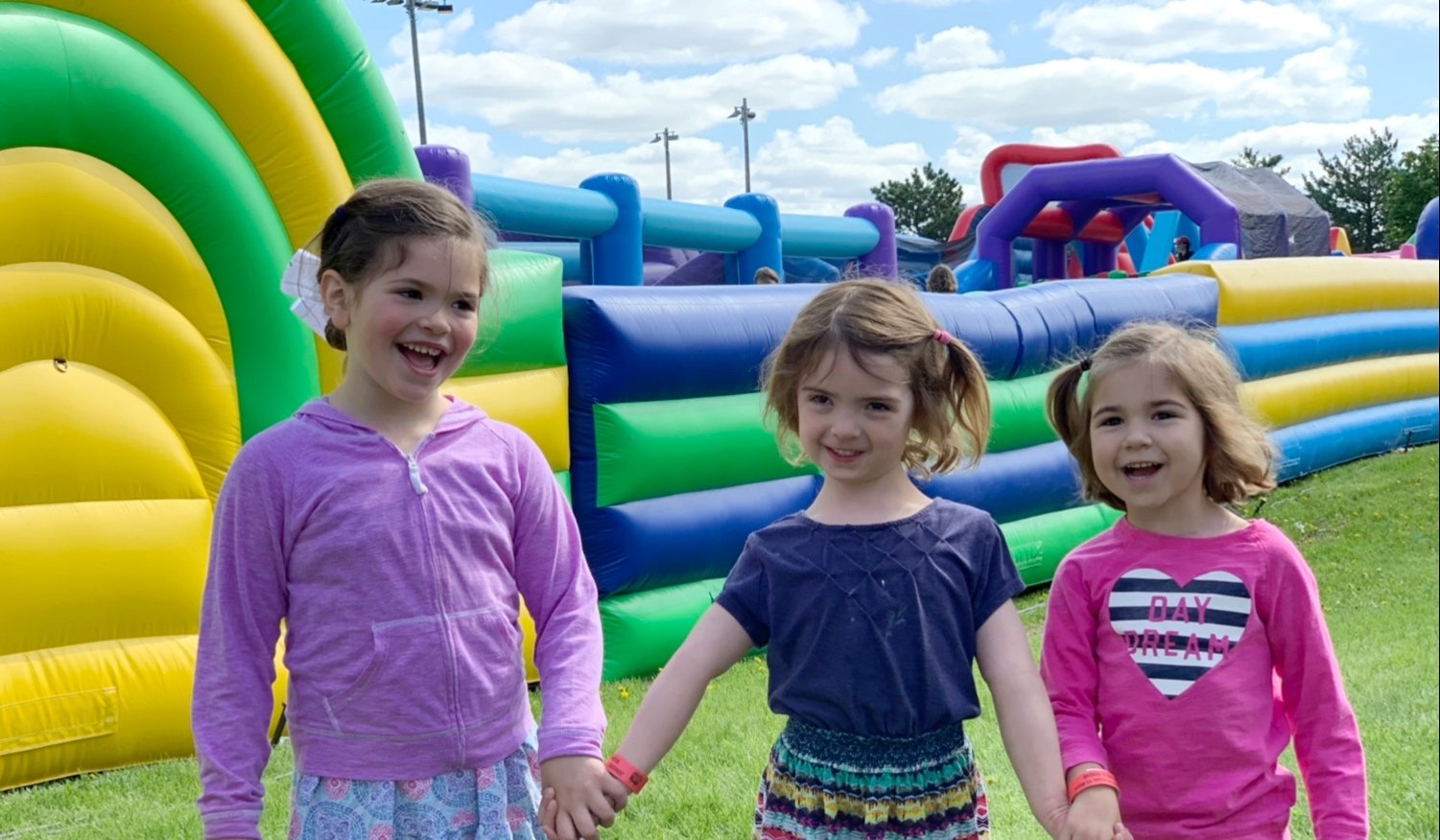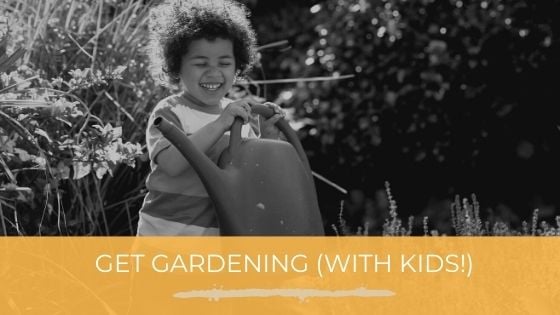‘It’s too scary, Mom!’
That’s how my son, Nico, explains his reluctance to go to the zoo, the museum or for a walk. Nico is 5. He’s sweet, funny, curious, smart, silly — and he is autistic.
Any parent of a child who has autism spectrum disorder (ASD) will tell you that, like anything, there are positives and negatives of life on the spectrum. Nico’s reading skills are already advanced and he can tell you exactly where the dwarf planet Ceres lies in the solar system.
But his anxiety around large crowds, reluctance to try new things and tendency to bolt can make new experiences quite a challenge.
Of course, he needs to get out. He needs to go to museums to feed his innate curiosity. He needs to be challenged in social situations — so he can learn coping strategies. And he needs to appreciate the beauty and importance of the natural world around him.
But how to do that without overwhelming his senses? Without the kind of epic public meltdown that all parents dread? In his 5 years, Nico has taught us a lot.
And one of the biggest lessons is that nothing is impossible for a kid on the spectrum. You just might have to go about things a little bit differently.
Special programs
Fortunately for us ASD parents, many organizations and institutions are realizing the importance of providing sensory-friendly options and resources. Some locations are opening early for sensory patrons and/or reducing extraneous stimuli and providing “quiet rooms,” to name a few.
Every second Thursday (9:30–10 a.m.), there’s the sensory-friendly story time at the award-winning Wild Rumpus Bookstore in Minneapolis. (currently on hold)
The Walker Art Center offers Sensory Friendly Sunday events from 8–11 a.m. once a month. Check our calendar for dates.
On select dates the Como Park Zoo in St. Paul offers Autism Friendly Early Entry (9–10 a.m.) Check our calendar for dates.
AMC movie theater locations present sensory-friendly screenings on the second and fourth Saturdays of every month (check local listings for times at seven Twin Cities locations).
Simply Jane & Artable in Minneapolis offers art programming for people of all ages and abilities in a space adapted to their needs.
The Bell Museum in St. Paul offers one Sensory-Friendly Saturday per month from 8–10 a.m., which involves opening the museum two hours early. Check our calendar for dates.
This programming existed in the old space, and the Bell’s Adrienne Wiseman said the museum staff are excited to continue it.
“Parents said that they typically didn’t go to museums because of the social stigma,” she said. “They appreciate the laid-back, judge-free atmosphere.”
Children’s Theatre Company (CTC) in Minneapolis offers highly customized sensory-friendly performances, which involve additional staff, take-a-break spaces and modified lighting, sound and audience interaction.
Pre-visit resources include social stories (more on that below), video tours and even meet-your-seat opportunities scheduled prior to the performance date.
“We tailor the experience — getting to the theater, being inside the theater and the performance,” said CTC’s Melissa Ferlaak, noting the overwhelmingly positive feedback the theater’s received from ASD families.
She shared a comment from one of their patrons: “My family gets to spend time together where I know my son is having a great time enjoying the play. He interacts, claps along and, at times, gets up and does a few dance moves with the performers.”
Stages Theatre Company in Hopkins also offers sensory-friendly performances and a detailed guide to preparing for a visit to the theater.
Surprising as it may sound, one of Minnesota’s largest, busiest and most stimulating places — the Mall of America — is Minnesota’s only official Certified Autism Center. That means at least 80 percent of the public-facing staff have received autism-sensitivity training. Check out a sensory guide for the rides and attractions at Nickelodeon Universe at tinyurl.com/nick-sensory.
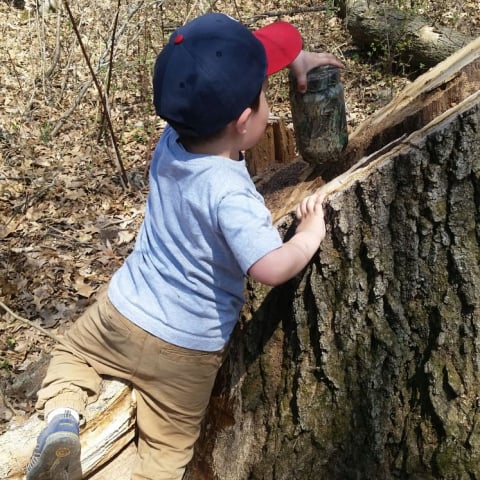
Geocaching
During the summer in Minnesota, you want to get your kids outside. But Nico, like almost half of all kids on the spectrum, exhibits “wandering behavior,” also called “elopement.” He’ll wander off, run away and, despite our pleas, won’t stop. It made walks — even in our own neighborhood — very difficult.
That is, until we discovered geocaching. Geocaching uses your cell phone (or any device with a GPS) to find hidden containers, called “caches,” at specific locations. The caches contain little “treasures,” like a rubber bracelet or small toy.
Geocaching (learn all about it from a local mom at mnparent.com/geo-mn) combines three things that many ASD kids love — technology, clearly defined goals and a reward at the end. It’s every occupational therapist’s dream, and for our family it’s been a complete game changer.
There are thousands of geocaches all over Minnesota — in neighborhoods both rural and urban and even in state parks!
Amy Barrett from the Minnesota Department of Natural Resources said that while the DNR doesn’t have specific data on autism and geocaching, it’s been a popular activity for all types of families.
Barrett said the DNR makes geocaching in Minnesota state parks more accessible by allowing visitors to borrow GPS kits free of charge. Last year, it also kicked off a two-year program called Aquatic Quest, which encourages geocachers to visit a variety of aquatic sites to collect 82 different cards that feature photos and fun facts. (Learn more at dnr.state.mn.us/geocaching.)
Social stories
For our family, every visit to a new place requires a social story — a narrative in the form of a video, an app or a list that explains where we’re going, what it’s like and the types of activities allowed.
They’re powerful tools and are becoming more readily available all the time.
AuSM has a list of social stories for everything from going to the airport to visiting Santa. Earlier this year, the organization debuted the state’s first ever guide to sensory-friendly Minnesota. (More on that below!)
Children’s Theatre Co. provides in-depth video social stories for both of their stages.
“Much of the anxiety of the experience is in going to a new space, with a new experience, without any preparation,” Ferlaak said. “Social stories support the need of people on the autism spectrum to prepare for a new environment by describing the social setting, expectations and positive ways to respond.”
The Minnesota Historical Society, The Works Museum in Bloomington and Mia are a few of the Minnesota organizations that offer social stories for parents to download and watch with their children.
The Minnesota Zoo offers a free app, MNZoo4All, that explains the zoo experience with communication tools, sensory-friendly maps and tips to plan your visit.
For destinations without their own bespoke social stories, you can always write your own. And although there are apps to create them, I prefer to make mine out of small photo albums, pictures and handwritten stories.
It takes only a few minutes, but it’s made a world of difference for Nico and our whole family — so much so that there’s a lot less “it’s too scary” lately and a lot more “Mom, I want to go find treasure!”
Need more?
The Autism Society of Minnesota (AuSM) has an extensive resource list of recreation and leisure activities on its website, including community events and sensory-friendly locations. This past January, the organization released a guide booklet — AuSM’s Guide to Sensory-Friendly Minnesota — a reference tool and planning guide for families and individuals with autism and other sensory sensitivities. It includes why sensory-friendly events and activities are important, offers recommendations for creating sensory-friendly events and activities and even includes personal stories.
If you know of a great place to recommend to other sensory parents, go to phstopspots.com, the brainchild of Roseville-based Pediatric Home Service.
Each year the independent health-care agency — which provides pediatric home-care services to help kids with medical complexities — surveys local families to create a list of the best places for families with special needs. This year, they’re looking for recommendations in 12 categories. Vote, starting May 1, at phstopspots.com.
This summer, parents can be on the lookout for a new sensory-certified designation for local businesses.
Twin Cities-based Fraser — Minnesota’s largest provider of autism and early childhood mental health services — will officially launch a sensory certification process as a new professional service.
Though Fraser has been providing expertise upon request to local and national outlets on serving individuals with special needs, this program will include a website that describes the certification process and will include links to sensory-aware business partners. Stay tuned at fraser.org.
Lorena Armstrong-Duarte was born in El Salvador, raised in Minnesota and educated at Harvard University. She’s worked as a journalist, poet, speechwriter, editor and spoken-word artist. She lives in Minneapolis with her husband and their two boys. Learn more at tinyurl.com/lorena-duarte-mn.




